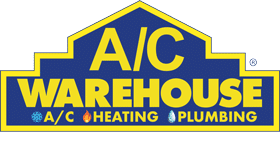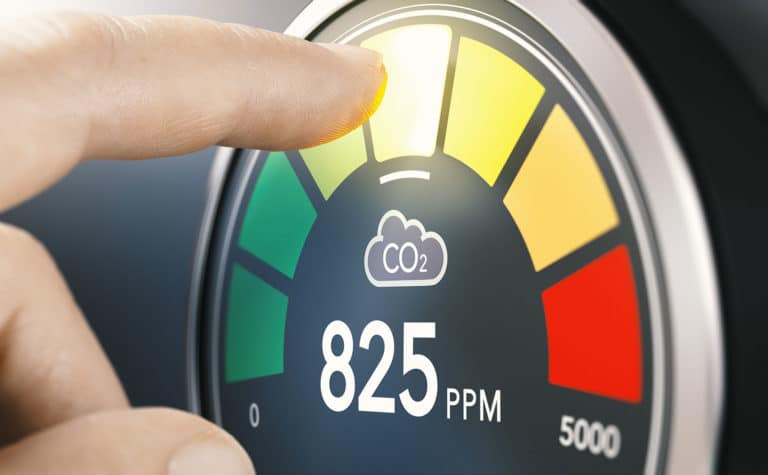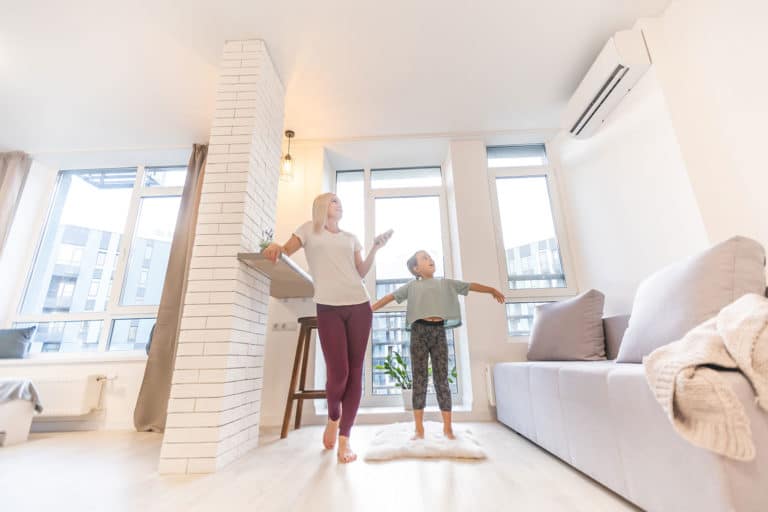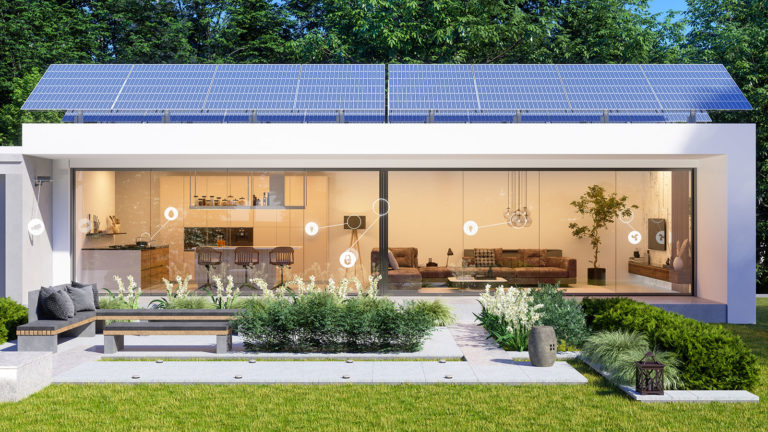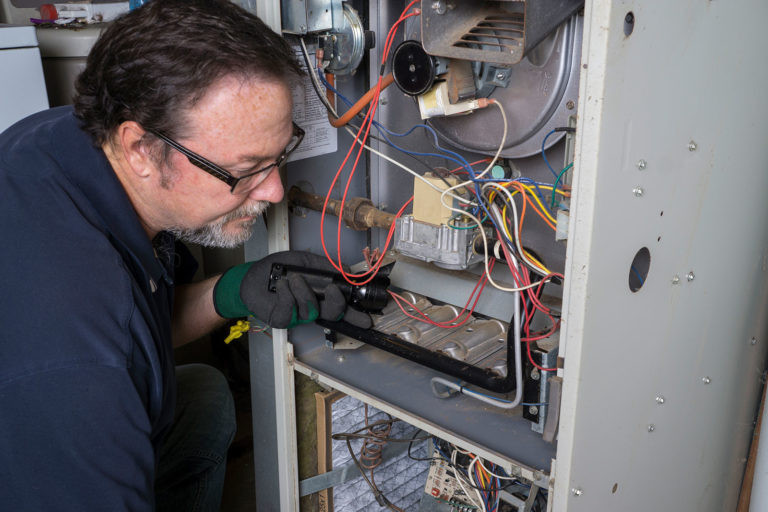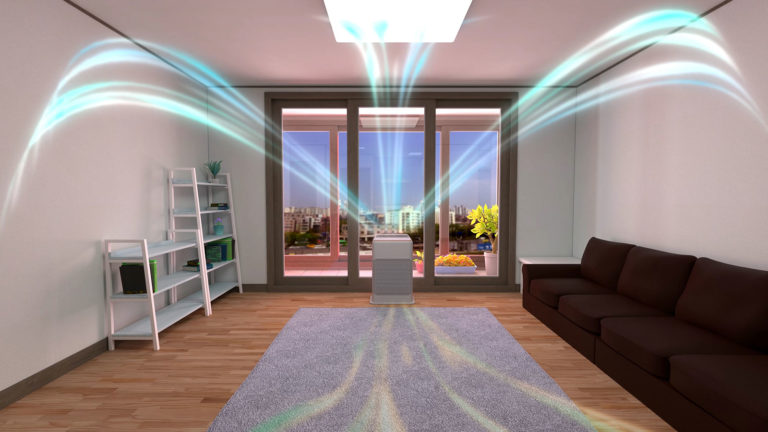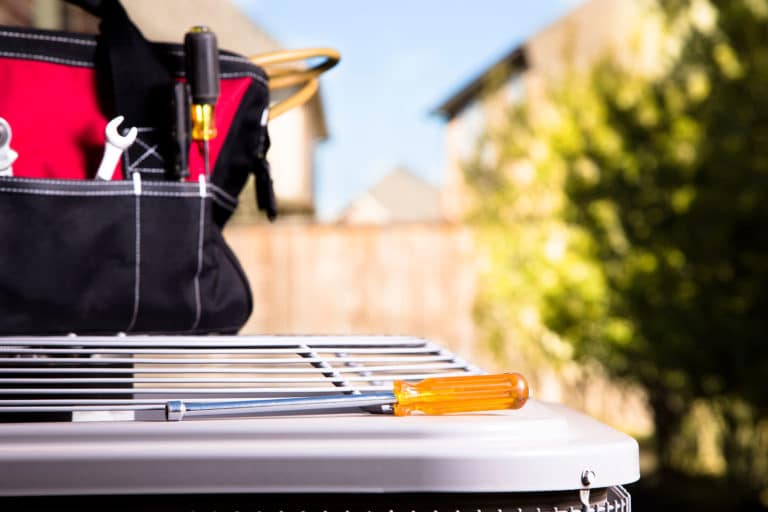The Importance of Ventilating Your Air-Tight Home
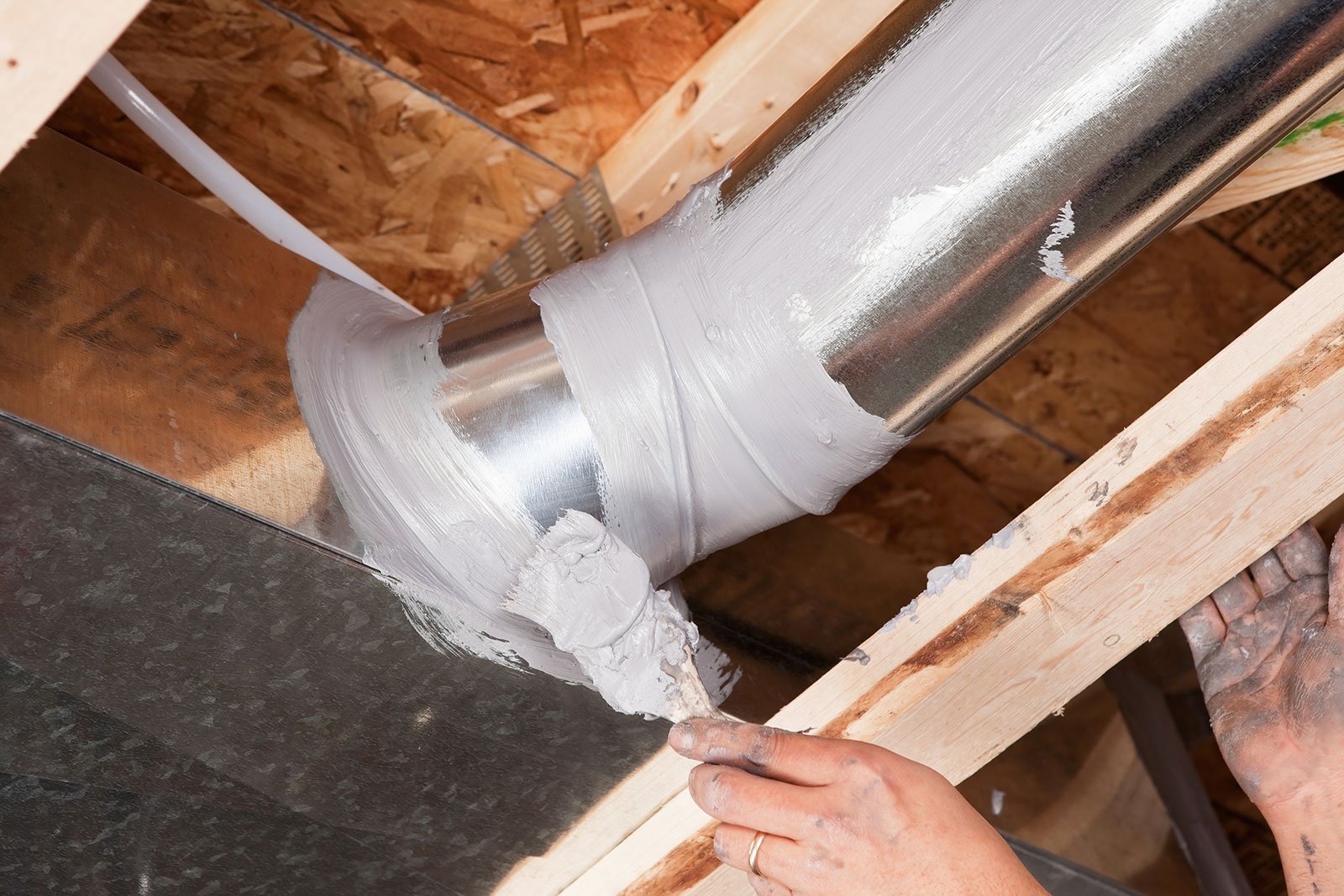
Today’s energy-efficient homes are more advanced than ever before. However, the constant improvement of home building techniques and materials has also created an unintended side-effect.
Unfortunately, an air-tight home often lacks sufficient ventilation – and this can cause an array of problems. While whole-home ventilation systems were once considered a luxury, in modern homes, they’re often a necessity.
It’s Important to Let Your Home “Breathe”
One of the biggest drawbacks of an airtight home is that there’s simply no place for stale air to go. From smelly pets and food odors to the release of volatile organic compounds (VOCs) from carpets, furniture, and paint, there are many pollutants that can contaminate the air you breathe.
While opening the windows can give your home a chance to air out, this often makes it harder to maintain a consistent, comfortable temperature. It’s common to find that you waste energy trying to keep your rooms from becoming too hot or too cold. Luckily, installing a ventilation system can solve all of these problems at once.
Types of Ventilation Units
There are two primary types of home ventilation units you may want to consider. The right one for you will depend on a variety of factors, including the climate where you live.
1. Heat Recovery Ventilator
A heat recovery ventilator (HRV) is particularly helpful during the winter months, when it’s common to have warm, dry, stale air circulating throughout your home. It works by bringing cool, fresh air into the home while also exchanging it for the stale air indoors. This is an excellent choice for keeping your home fresh and comfortable all year long.
2. Energy Recovery Ventilator
While the air inside your home may be stale, it also has either a cool or warm “energy value” that you spent money to create. An energy recovery ventilator (ERV) helps conserve energy and saves you money. These systems exchange stale indoor air for fresh outdoor air while also keeping moisture levels where you want them.
An ERV will push humidity outdoors on hot, humid days and keep it inside on days when it’s cold and dry. This is often the preferred choice for homes in locations where it’s humid most of the time or homes that have trouble maintaining enough humidity during the winter months.
